 Since Luxor, a bitcoin mining pool, mined a record-setting 3.96 MB block (#774,628) on the Bitcoin blockchain, block sizes have been larger than they were prior to that block height in the past 12 days. Statistics show that blocks larger than 3 MB are now quite common, and demand for Ordinal inscriptions has risen as […]
Since Luxor, a bitcoin mining pool, mined a record-setting 3.96 MB block (#774,628) on the Bitcoin blockchain, block sizes have been larger than they were prior to that block height in the past 12 days. Statistics show that blocks larger than 3 MB are now quite common, and demand for Ordinal inscriptions has risen as […]
The community has been divided as to whether the NFT-like "digital artifacts" are the right fit for the Bitcoin ecosystem.
The recent launch of a nonfungible token (NFT) protocol on the Bitcoin mainnet has the crypto community divided over whether it’ll be good for the Bitcoin ecosystem.
The protocol, referred to as “Ordinals,” was created by software engineer Casey Rodarmor, who officially launched the program on the Bitcoin mainnet following a Jan. 21 blog post.
The protocol essentially allows for the Bitcoin version of NFTs — described as “digital artifacts” on the Bitcoin network.
These “digital artificats” can comprise of JPEG-like images, PDFs, video and audio formats.

The introduction of the protocol has the Bitcoin community divided however, with some arguing that it would offer more financial use cases for Bitcoin, while others say its straying away from Satoshi Nakamoto’s vision of Bitcoin as a peer-to-peer cash system.
Bitcoin bull Dan Held was one of those on board with the development, noting that it would drive demand for block space, and thus fees, while bringing more use cases to Bitcoin.
Why it's good:
— Dan Held (@danheld) January 29, 2023
- Brings more financial use cases to Bitcoin
- Drives more demand for block space (aka fees)
My take:
- If you pay a tx fee, it's not spam.
- Bitcoin is permissionless. Can't stop anyone from building it anyway.
Some have pointed out that these NFT-like structures have taken up block space on the Bitcoin network, which could drive up transaction fees.
BREAKING: NFTs ON #BITCOIN
— Bitcoin News ⚡ (@BitcoinNewsCom) January 29, 2023
Ordinals are taking up most of the BLOCKSPACE pic.twitter.com/Gxwq4vV8MI
Among those include “Bitcoin is Saving” on Twitter, suggesting to its 237,600 followers on Jan. 29 that “privileged wealthy white” people’s desire to put JPEGs as status symbols may exclude marginalized people from participating in the Bitcoin network.
Cryptocurrency researcher Eric Wall disagreed with the opinion that the in-built block size limit will prevent a rise in transaction fees.
Others, such as Blockstream CEO and Bitcoin core developer Adam Back wasn’t happy with meme culture being brought to Bitcoin, who suggested the developers to take the “stupidity” elsewhere:
"you can't stop them" well ofc! bitcoin is designed to be censor resistant. doesn't stop us mildly commenting on the sheer waste and stupidity of an encoding. at least do something efficient. otherwise it's another proof of consumption of block-space thingy.
— Adam Back (@adam3us) January 29, 2023
However, Ethereum bull and host of The Daily Gwei Anthony Sassano took a shot at the Blockstream CEO for wanting “undesirable” transactions to be censored — which many believe goes against the ethos of Bitcoin:
Adam Back and Luke Dashjr are both Bitcoin core developers who have encouraged censorship over the last 48 hours of these "undesirable" transactions
— sassal.eth (@sassal0x) January 30, 2023
So no, it isn't just Bitcoin maximalists - it's actual Bitcoin core developers
Related: Stacks ecosystem becomes #1 Web3 project on Bitcoin
In a blog post, Rodarmor explained that the NFT-like structures are created by inscribing satoshis — the native currency of the Bitcoin network — with arbitrary content.
These inscribed satoshis — which are cryptographically represented by a string of numbers — can then be secured or transferred to other Bitcoin addresses, according to notes in Ordinal’s technical documentation:
“Inscribing is done by sending the satoshi to be inscribed in a transaction that reveals the inscription content on-chain. This content is then inextricably linked to that satoshi, turning it into an immutable digital artifact that can be tracked, transferred, hoarded, bought, sold, lost, and rediscovered.”
The inscriptions take place on the Bitcoin mainnet, no sidechain or separate token is needed, the document states.
Inscriptions are finally ready for Bitcoin mainnet.
— Casey Rodarmor (@rodarmor) January 20, 2023
Inscriptions are like NFTs, but are true digital artifacts: decentralized, immutable, always on-chain, and native to Bitcoin. https://t.co/a4dK7zdITS
It appears that only 277 digital artifacts have been inscripted thus far, according to the Ordinals website.
Interestingly, Rodarmor — admitted in an Aug. 25 interview on Hell Money Podcast that Ordinals was created to bring memes to life on Bitcoin:
“This is 100% a meme-driven development.”
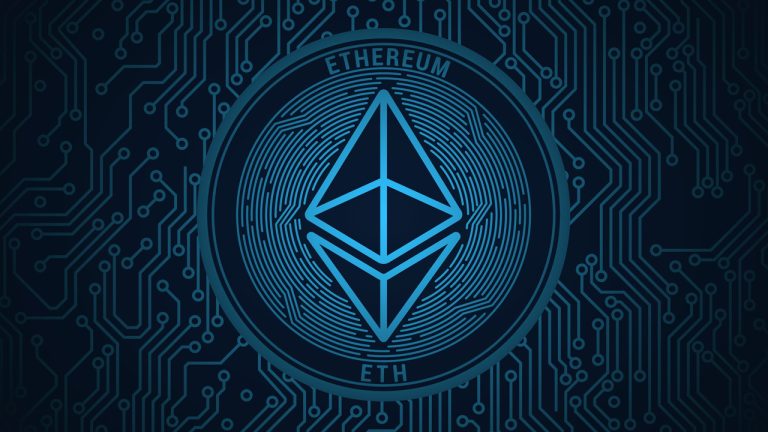 Fees tied to the Ethereum network have been under the $5 region per transaction during the last 175 days, according to statistics. Metrics show that on Dec. 10, 2022, the average ethereum transfer is around 0.0023 ether or $2.87 while the median-sized gas fee is around 0.00097 ether or $1.23 per transfer. Ethereum gas metrics […]
Fees tied to the Ethereum network have been under the $5 region per transaction during the last 175 days, according to statistics. Metrics show that on Dec. 10, 2022, the average ethereum transfer is around 0.0023 ether or $2.87 while the median-sized gas fee is around 0.00097 ether or $1.23 per transfer. Ethereum gas metrics […]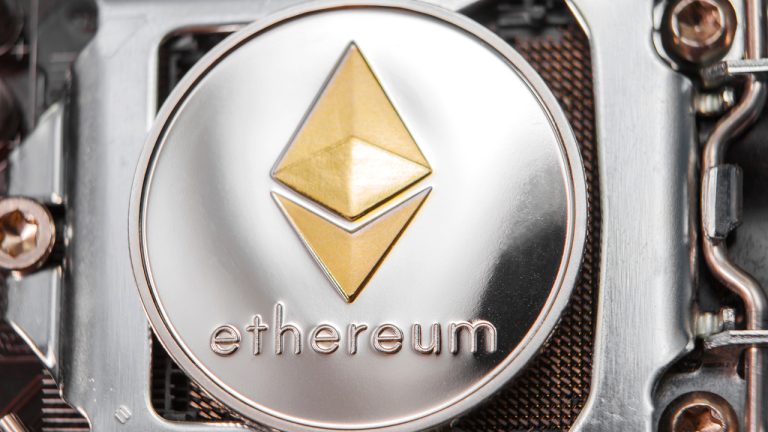 26 days ago, Ethereum transitioned from a proof-of-work (PoW) network to a proof-of-stake (PoS) blockchain and after the change, the network’s fees remained low. This week, however, Ethereum’s gas fees have increased as data from October 10 shows the average fee tapped a high of $4.75 per transaction. Ethereum’s Average Gas Fees Jump Over 80% […]
26 days ago, Ethereum transitioned from a proof-of-work (PoW) network to a proof-of-stake (PoS) blockchain and after the change, the network’s fees remained low. This week, however, Ethereum’s gas fees have increased as data from October 10 shows the average fee tapped a high of $4.75 per transaction. Ethereum’s Average Gas Fees Jump Over 80% […]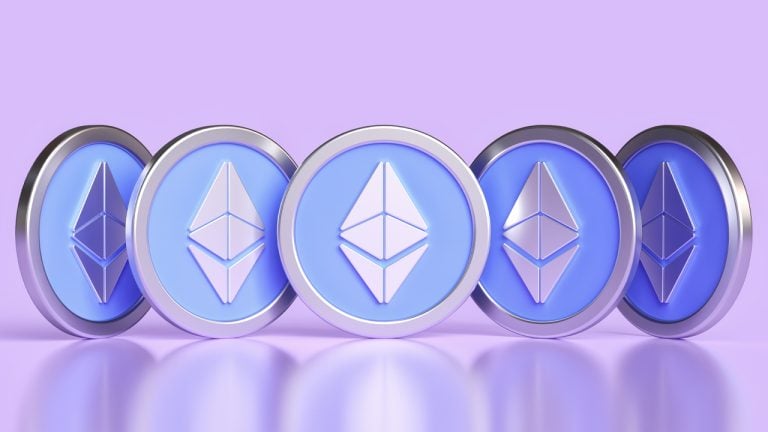 Following Ethereum’s transition from proof-of-work (PoW) to proof-of-stake (PoS) on September 15, the blockchain network’s transaction fees have been much lower than they were ten days before The Merge. Roughly four months ago on May 13, 2022, high-priority ether transactions could cost 68 gwei or $2.97 per transaction, and today at $0.18, a high-priority ether […]
Following Ethereum’s transition from proof-of-work (PoW) to proof-of-stake (PoS) on September 15, the blockchain network’s transaction fees have been much lower than they were ten days before The Merge. Roughly four months ago on May 13, 2022, high-priority ether transactions could cost 68 gwei or $2.97 per transaction, and today at $0.18, a high-priority ether […]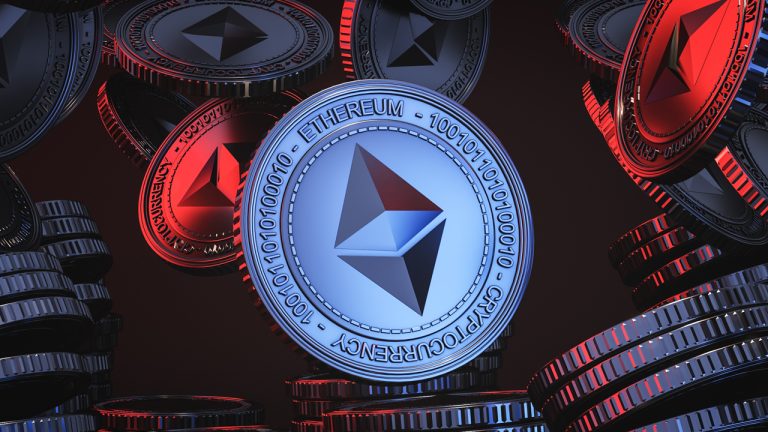 With just over two weeks until The Merge, Ethereum network fees have reduced significantly as the average ethereum transfer fee has dropped to 0.00092 ether or $1.37 per transaction on August 28. Median-sized fees have slid to 0.00036 ether or $0.544 per transfer, and etherscan.io’s gas tracking tool notes a priority fee will cost 11 […]
With just over two weeks until The Merge, Ethereum network fees have reduced significantly as the average ethereum transfer fee has dropped to 0.00092 ether or $1.37 per transaction on August 28. Median-sized fees have slid to 0.00036 ether or $0.544 per transfer, and etherscan.io’s gas tracking tool notes a priority fee will cost 11 […]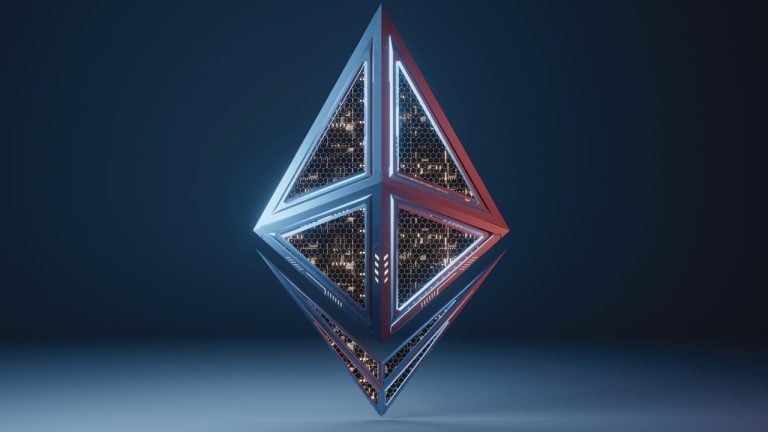 In 43 days, the Ethereum network could finally see a full transition from proof-of-work (PoW) to proof-of-stake (PoS) via The Merge. Meanwhile, during the last 38 days, Ethereum’s layer one (L1) onchain transaction fees have dropped below the $5 mark and tumbled even lower by the end of July. At the time of writing, the […]
In 43 days, the Ethereum network could finally see a full transition from proof-of-work (PoW) to proof-of-stake (PoS) via The Merge. Meanwhile, during the last 38 days, Ethereum’s layer one (L1) onchain transaction fees have dropped below the $5 mark and tumbled even lower by the end of July. At the time of writing, the […] On Saturday, Ethereum transaction fees tapped a low not seen since November 2020 as the average network fee dropped to 0.0016 ether or $1.67 per transfer. Average fees on Saturday have been as low as 32 gwei or $0.69 per transfer as Ethereum gas fees have been steadily dropping since May 11, 2022. Ethereum Fees […]
On Saturday, Ethereum transaction fees tapped a low not seen since November 2020 as the average network fee dropped to 0.0016 ether or $1.67 per transfer. Average fees on Saturday have been as low as 32 gwei or $0.69 per transfer as Ethereum gas fees have been steadily dropping since May 11, 2022. Ethereum Fees […]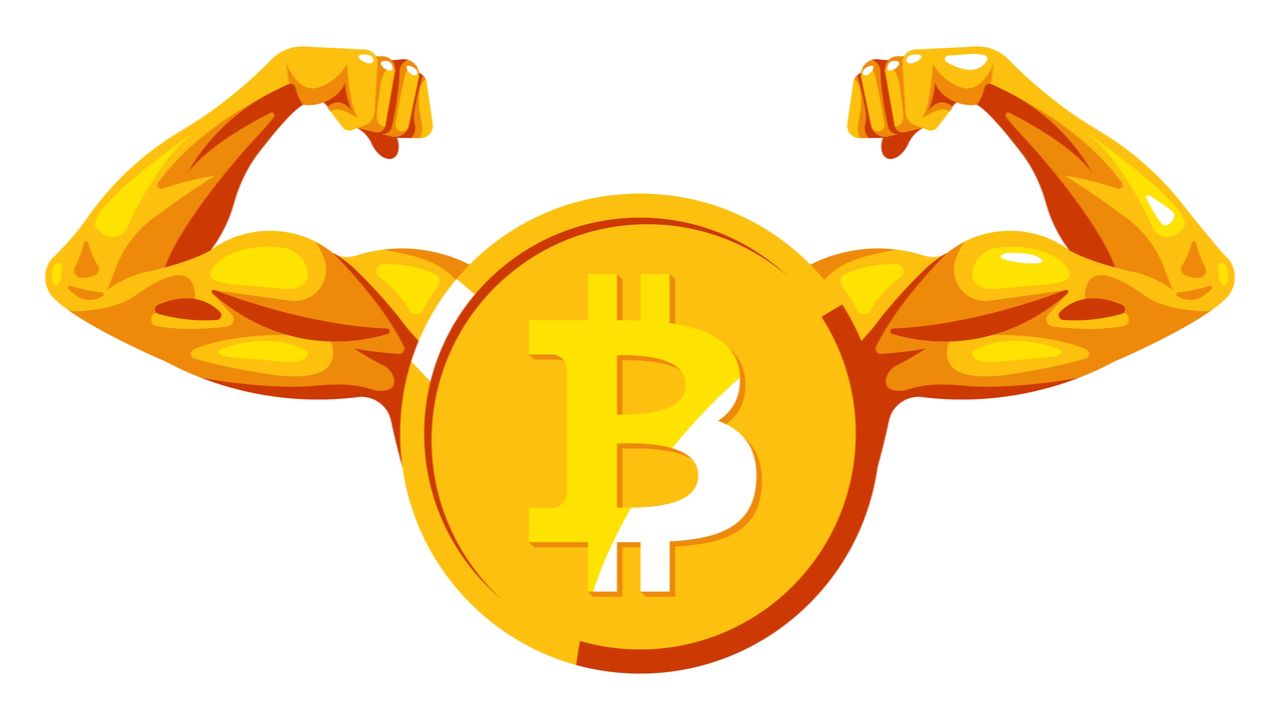 Following the Terra LUNA and UST fallout, digital currency markets have dropped in value as the crypto economy dropped 6.93% from $1.356 trillion on May 22, to today’s $1.262 trillion. Amid the market carnage, bitcoin’s market dominance has increased to 43.8%, reaching the highest value since October 30, 2021. Moreover, ethereum’s market dominance has slid […]
Following the Terra LUNA and UST fallout, digital currency markets have dropped in value as the crypto economy dropped 6.93% from $1.356 trillion on May 22, to today’s $1.262 trillion. Amid the market carnage, bitcoin’s market dominance has increased to 43.8%, reaching the highest value since October 30, 2021. Moreover, ethereum’s market dominance has slid […]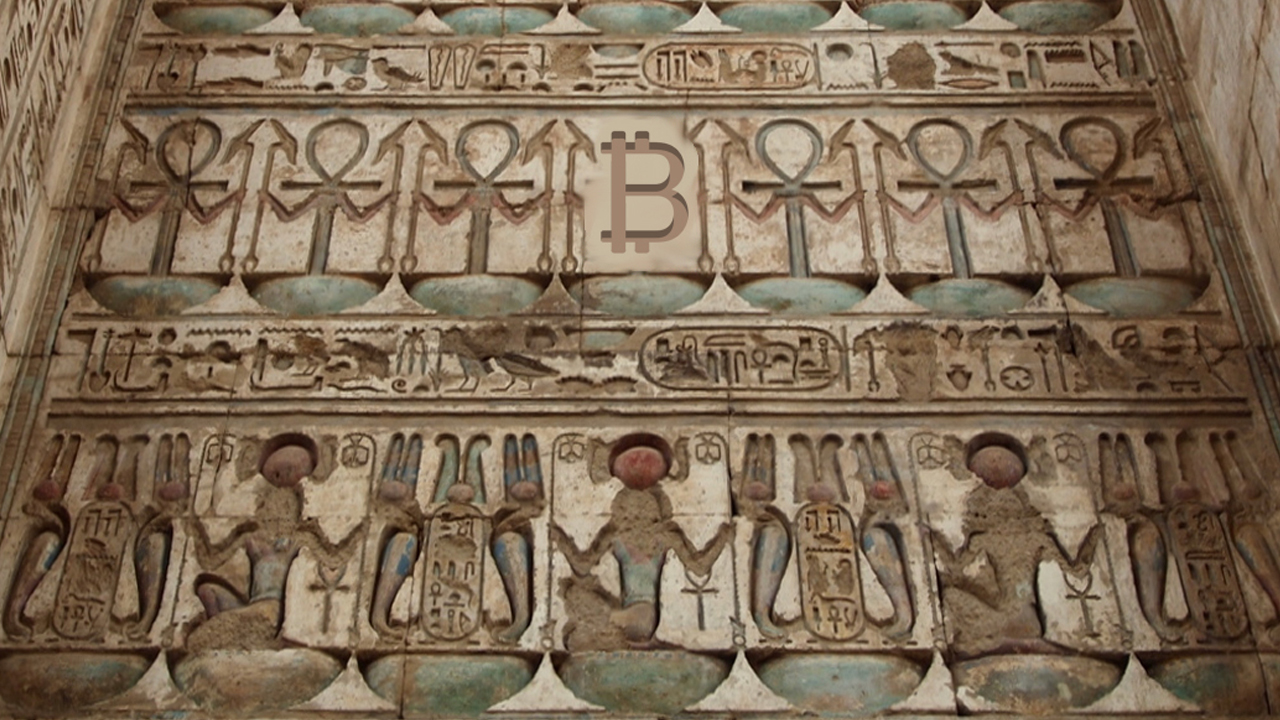 Three years ago there were a lot of discussions concerning data embedded in bitcoin transactions and the block size space consumed by these OP_Return transactions. However, in recent times, the use of OP_Return transactions has dropped a great deal and the trend has lowered network fees to some degree. OP_Return Transaction Domination Slows Significantly Alleviating […]
Three years ago there were a lot of discussions concerning data embedded in bitcoin transactions and the block size space consumed by these OP_Return transactions. However, in recent times, the use of OP_Return transactions has dropped a great deal and the trend has lowered network fees to some degree. OP_Return Transaction Domination Slows Significantly Alleviating […]